by Kiyomi Misaki
Last November, I started to work for a local tourism association in Niseko in northern Japan as a local revitalization cooperator in the chiiki okoshi kyōryokutai program initiated by the Ministry of Internal Affairs and Communications to encourage people from cities to move to and settle in rural areas and to engage in community activities. It is a countermeasure against the overconcentration of the population in Tokyo and the outflow of the rural population. I am doing fieldwork while working for Kutchan Tourism Association (KTA). Through my fieldwork and working for KTA, I am currently thinking that an economy-oriented climate may undermine the local community and local culture.
It may be confusing that Niseko does not technically have the definition of a region, and people first come to mind is a mountain area in Kutchan town when they hear the name Niseko. For that reason, Niseko in this article means Kutchan town. Niseko, with a population of 15,000 people, is a tourist destination known for powder snow in winter, attracting skiers and snowboarders from all over the world. The mountain area in Niseko has been redeveloped since the late 1990s by Australian entrepreneurs. Since the season in Australia and Japan is opposite, some Australians enjoy skiing and snowboarding throughout the year, going back and forth between Niseko and Australia each winter. Since 2014, the proportion of Australians, which accounted for half of all visitors, has gradually decreased and visitors from Asian countries such as Hong Kong, Singapore and China have increased instead.
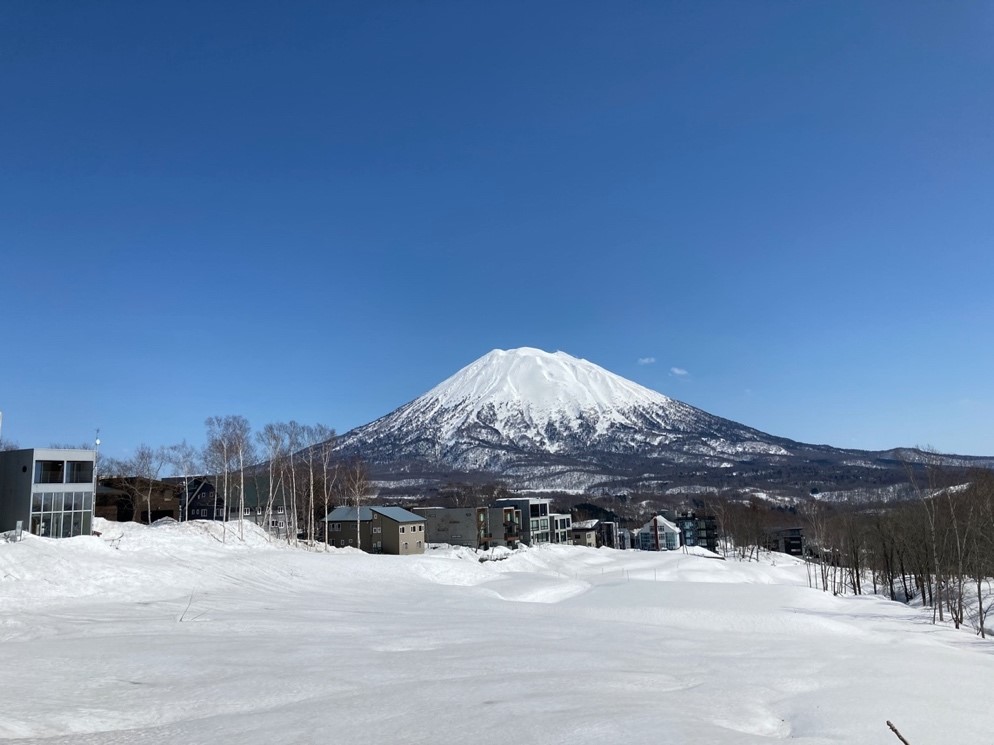
Copyright © Kiyomi Misaki 2022
With so many foreign tourists, Niseko is a very international place. English becomes the common language in its ski resort during the winter. Long queues at ski lifts and lodges packed with international tourists are a familiar sight during peak season. Land prices going up due to foreign investments and expelling small local businesses from the community. Niseko is now regarded as a successful example of rural revitalization and internationalization through tourism and a front runner of challenges such as overtourism and gentrification at the same time. As a result, media attention and the image of Niseko that people envisage focus on tourism development and internationalization led by tourism. Niseko also uses the international image to attract more tourists and immigrants.
While tourism development significantly impacts the community in Niseko, the community is not only about tourism. People engaging in agriculture have a different lifestyle from those working in the tourism sector. Business owners in the city center (20 minutes’ drive from the mountain area) have different perspectives from those located in the mountain area (ski resorts) regarding community development. They complain about what KTA is doing because they think tourism only contributes to the mountain area and leaves people in the city center behind. I joined a French conversation club in the city center to meet new people. Eventually, I met people with diverse backgrounds, such as an illustrator moving from west Japan to seek powder snow, a housewife coming to Niseko due to her husband’s transfer and a woman who has been running an inn for over 20 years. I am a researcher at a university in Australia/ a chiiki okoshi kyōryokutai member/ born and growing up in Hokkaido. We have different motivations for coming here and diverse perspectives. We all create current Niseko, meaning that local culture is an accumulation of interactions between such people living in the place and nature.
Therefore, culture should be recognized as grassroot politics, practices of people with various values, contradictions, conflict and cooperation emerging from diverse social relationships. However, culture can easily be transformed into a source of profits. Amidst globalized urban lifestyles, rare and unique practices are commodified for tourism in information capitalism [1]. Tourism seemingly brought economic prosperity and diversity to Niseko, but it seems to undermine cultural prosperity and diversity. Cultural prosperity is not promoting the culture as a commodity but creating a climate where people with diverse backgrounds and perspectives can discuss matters of the community.
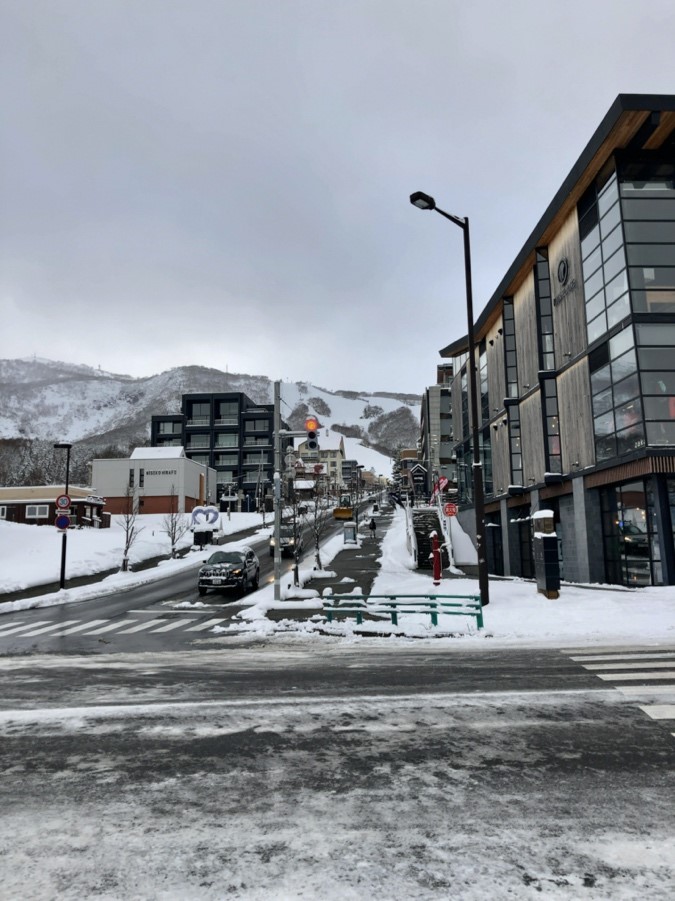
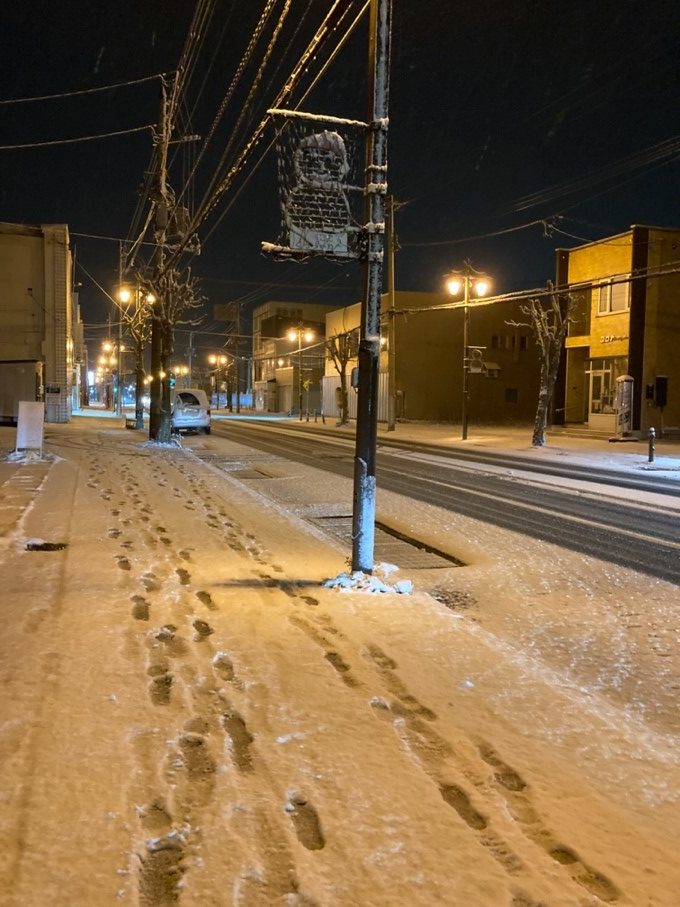
Copyright © Kiyomi Misaki 2022
What is happening in the local community is closely linked with the national policy for regional revitalization. In the shrinking domestic economy, the Japanese government encourages communities to create a unique culture that attracts people to come and immigrate to the area to survive from decline. Many members of the chiiki okoshi kyōryokutai make efforts to find local characteristics for branding and the promotion of tourism to distinguish communities from each other. In this context, communities must become a “kasegu” (making money) community. Many rely on competitive public subsidies to become part of the Kasegu community. Although powder snow and an international image have become an attraction for tourists and immigrants in Niseko, cultural diversity seems missing. Some residents feel that diverse backgrounds and perspectives other than tourism are often neglected in local politics.
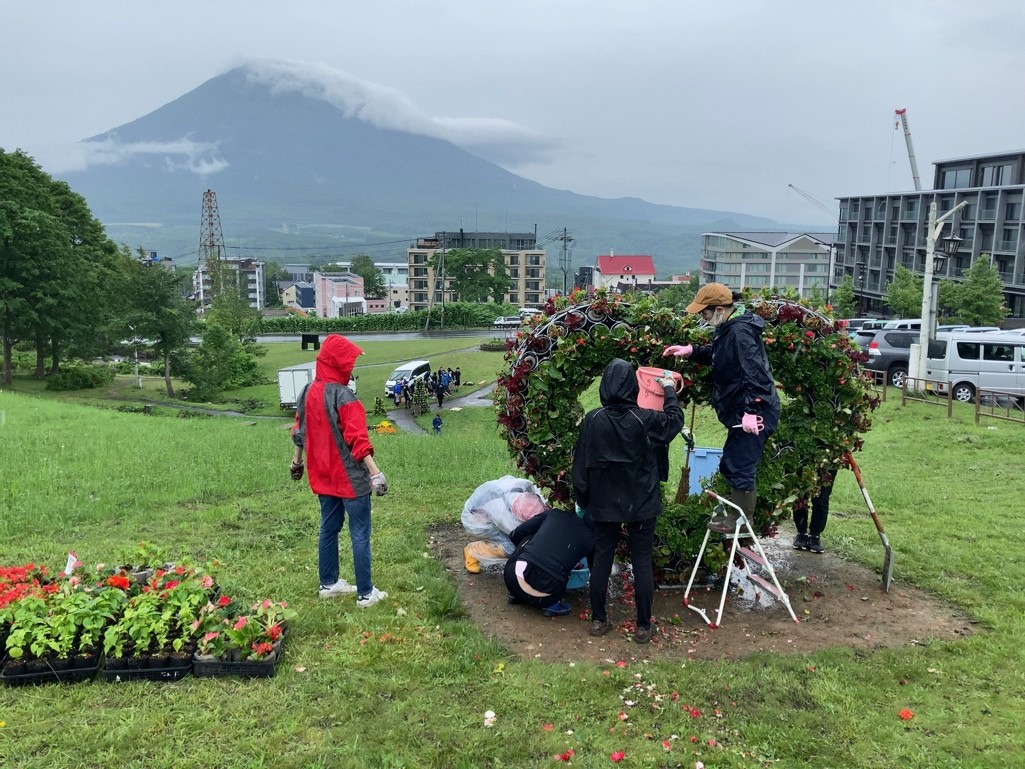
Copyright © Kiyomi Misaki 2022
The same is true for the decision-making process. Our association is a good example. KTA, does not only depend on subsidies from the town, but is also a hierarchical and patriarchal organization. The top-down process is effective for implementing projects because projects financed through subsidies need to show short-term outcomes. Deliberation is omitted to achieve results in a short time. A short-sighted plan precludes a time-consuming process with many stakeholders. Moreover, middle-aged men are still at the center of the local economy and are responsible for money-making activities. Who is excluded from the decision-making? Should the local culture, understood as all the people and nature creating the community be considered more and how so? In my PhD project, I am trying to explore possible answers to these questions.
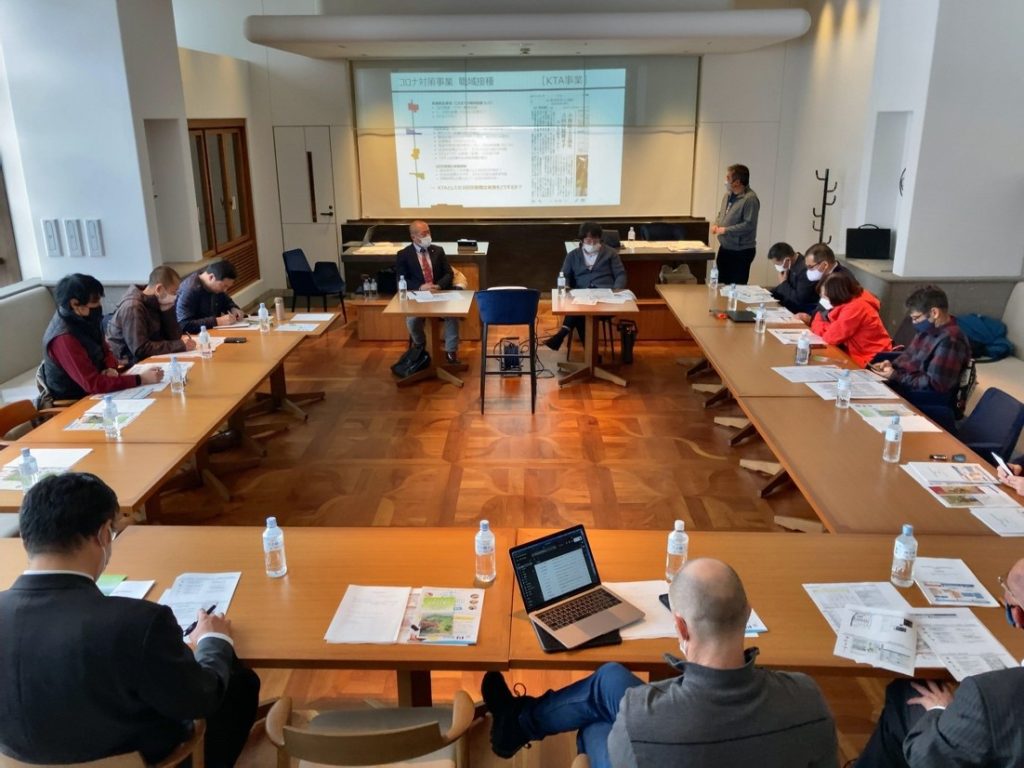
Copyright © Kiyomi Misaki 2022
References
[1] Yoshimi, S., & Morris-Suzuki, T. (2004). Gurōbarizēshon no Bunka Seiji (The cultural politics of globalisation). Heibonsha.
Kiyomi Misaki is a PhD candidate at Asia Institute, the University of Melbourne, and a researcher at Center for Advanced Tourism Studies, Hokkaido University. She currently works as a member of chiiki okoshi kyōryokutai (translated as local revitalization cooperator) as part of her fieldwork in Niseko, Hokkaido.
